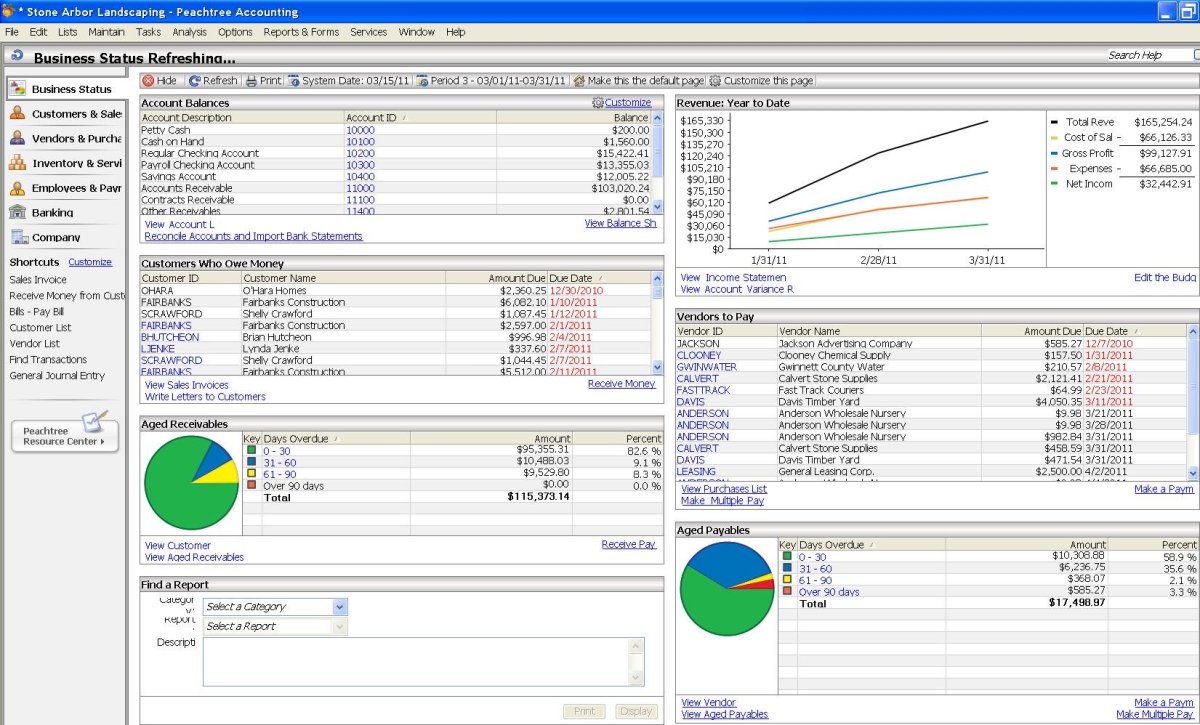The Basics of Journal Entries
I teach accounting courses as an adjunct instructor for a couple of schools. One common problem I see with homework is the misunderstanding of journal entries. In most cases, students get journal entries mixed up with financial statements, T accounts, and horizontal account entries. Journal entries are an essential part of the accounting process. An essential function of journal entries is to maintain balance in the accounting equation, which is the fundamental building block for financial statements. To dispel the mystery of journal entries, here are the basic parts of these accounting tools.
Example journal entry:
Journal
| Page #
| ||||
|---|---|---|---|---|---|
Date
| Accounts, Explanation
| Debit
| Credit
| ||
xx/xx/xxxx
| xxxxx
| xx
| |||
xxxxx
| xx
| ||||
xxxxxxxxxxx
|
Now, let’s discuss a couple parts of the journal entry. Each entry must have a date, two accounts, explanation, and one debit and one credit, at a minimum. This basic format is a requirement under double entry accounting, as all debits must equal all credits. Additionally, the total debits must equal the total credits in each individual journal entry. If you fail to meet these two requirements, the journal entry will lose points on your assignment and – more importantly – the company’s accounting journals and ledgers will be wonky. (i.e. out of balance, for those of you unfamiliar with this technical accounting term)
With those issues out of the way, let’s put some numbers in our sample journal entry.
Journal
| Page #
| ||||
|---|---|---|---|---|---|
Date
| Accounts, Explanation
| Debit
| Credit
| ||
4/19/11
| Office Supplies
| 125.00
| |||
Accounts Payable
| 125.00
| ||||
Purchased office supplies on account.
|
This journal entry describes a common business transaction: the purchase of office supplies. The words “on account” indicate the company did not pay cash; it also signals that the company uses accrual accounting as it recorded the entry when it occurred rather than when cash changed hands. Otherwise, the entry is complete in all parts; most importantly, it has a debit and credit and the journal entry balances among the debits and credits in the entry.
When writing journal entries, all debits must come first, followed by all credits. The total number of debits and credits in the entry do not matter. This format is essential for all journal entries. You can also combine journal entries in certain cases; for example, if an entry has three debits and each corresponding credit comes from the same account, then you can write one entry for all four lines of the journal entry. You will have three separate debits and a single credit on the fourth line of the journal entry.
A few interesting historical notes are also necessary to discuss journal entries. The word “debit” is the English version of “debere,” which is Latin and means, “to owe.” Accountants abbreviate debit as “Dr.” when writing journal entries by hand. Credit is the English word for the Latin word “credere,” which means, “to entrust.” The accounting abbreviation for credit is “Cr.”
Armed with this information, you are now ready to write journal entries until your hand cramps! (Or you get carpal tunnel from typing the data into Excel.)
Source:
Accounting, 9th Edition. Pearson Learning Solutions









